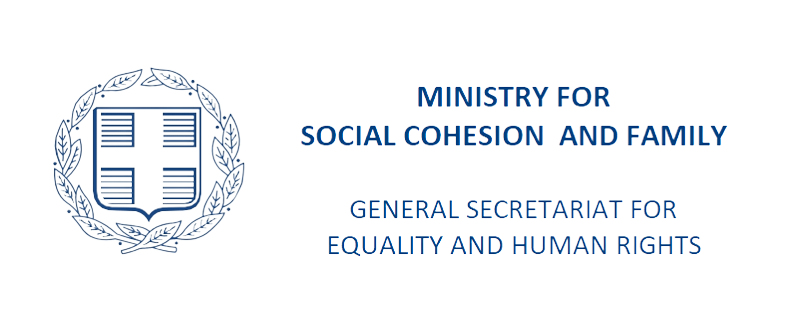The Global Gender Gap Report 2017 (World Economic Forum, November 2017)
Gender parity is fundamental to whether and how economies and societies thrive. Ensuring the full development and appropriate deployment of half of the world’s total talent pool has a vast bearing on the growth, competitiveness and future-readiness of economies and businesses worldwide. The Global Gender Gap Report benchmarks 144 countries on their progress towards gender parity across four thematic dimensions: Economic Participation and Opportunity, Educational Attainment, Health and Survival, and Political Empowerment. In addition, this year’s edition also analyses the dynamics of gender gaps across industry talent pools and occupations.
At the top of the Global Gender Gap Index is Iceland. Having closed nearly 88% of its gap, it has been the world’s most gender-equal country for nine years. The gap between Iceland and the second-placed country, Norway, actually widens as both Norway and third-placed Finland saw their gaps widen this year. The top five is completed by Rwanda (4) and Sweden (5). The next two countries in the Index, Nicaragua (6) and Slovenia (7), also achieve symbolic milestones this year closing 80% of their gaps for the first time. Ireland (8), New Zealand (9) and Philippines (10) make up the top 10.
Western Europe remains the highest-performing region in the Index with an average remaining gender gap of 25%. The region is home to four of the global top five countries in the Index – Iceland (1), Norway (2), Finland (3) and Sweden (5) – highlighting the continued progress of the Nordic countries in closing their overall gender gaps. At the bottom ranks of the region are Greece (78), Italy (82), Cyprus (92) and Malta (93). Out of the 20 countries in the region covered by the Index this year, nine have improved their overall score since last year, while 11 have seen it decrease.
Relevant link: http://www3.weforum.org/docs/WEF_GGGR_2017.pdf .




